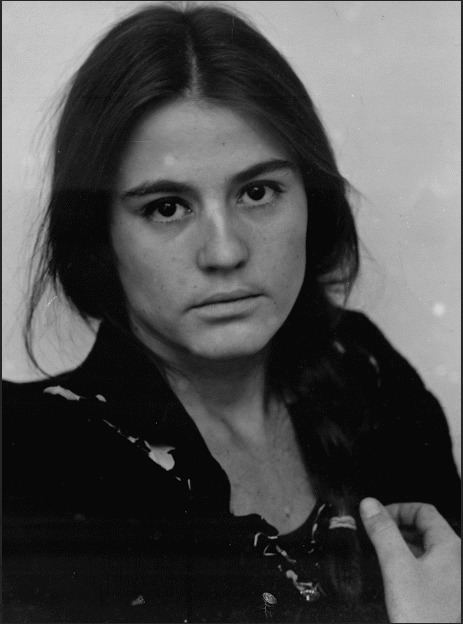Nationality American Occupation Sculptor | Name Marja Vallila Role Artist | |
 | ||
Born 1950 (age 64–65) | ||
Marja Vallila (born 1950, in Prague) is an American artist, painter, ceramicist and sculptor.
Contents

Biography
Marja Vallila was born in Czechoslovakia, later moved to Geneva, (Switzerland), then Finland, and finally settled in Washington DC where she learned a fourth language and attended Western High school, renamed (1974) Duke Ellington School of the Arts in the Georgetown neighborhood. She pursued her education at Cornell University, (Master of Fine Arts), (Fulbright grantee) and participated in exhibitions at the Herbert F. Johnson Museum of Art .
She found a place in a warehouse in SoHo, Manhattan that was spacious enough to accommodate both a studio and living space. She then met sculptor James W. Buchman and started teaching as a Professor in the art department at SUNY, University at Albany.
In 1992, she spent a year of residency in France, Centre culturel de la Villedieu.
Her early researches often led to large outdoors architectonic sculptures made of steel, sometimes with the addition of granite, cement or wood. She then went through a period of small-scale metal sculptures, already incorporating objects of daily life in her carving and casting processes, paradoxically resulting in a precious like object. It is only after a visit to Deruta, Italy that she started exploring again, in a unique way, combining trivial objects, the many possibilities of slip-cast ceramics, a medium often used in decorative arts but seldom attached to High Art. Art critics spoke about these overlapping, textured, dynamic, three dimensional collages that offer "final forms [...] almost amphibian-looking biomorphic creations that “verge on the vessel yet avoid a central, open void” : (John Perreault). Polychromatic with layered transparencies, "the exuberant yet intricate looping shapes merge back again into an indescribable whole” : (Milan Hlaveš).
As her health deteriorated, she moved to Memphis, Tennessee where, though locked in silence, she continues to work on paintings and ceramics.
Marja Vallila deeded her parents estate (spared during post-war and soviet times thanks to the presence of a Finnish flag in the window and diplomatic plaque on the building) in Červený Újezd, near Prague, to be used by the community as a special education center.
Major shows
Her work was included in the show “Study in Materials” at Storm King Art Center in 1978 along with Nevelson, Smith, Lassaw, Calder, Hesse and Saul Baizerman as well as in the show "The Box: From Duchamp to Horn" in 1994 at Ubu Gallery. Her digital films, about the elements in her sculptures and their associations, have been screened at Millenium (2003/2004), Two Boots Pioneer Theater (2003/2004), and Zabriskie Gallery (2002).
